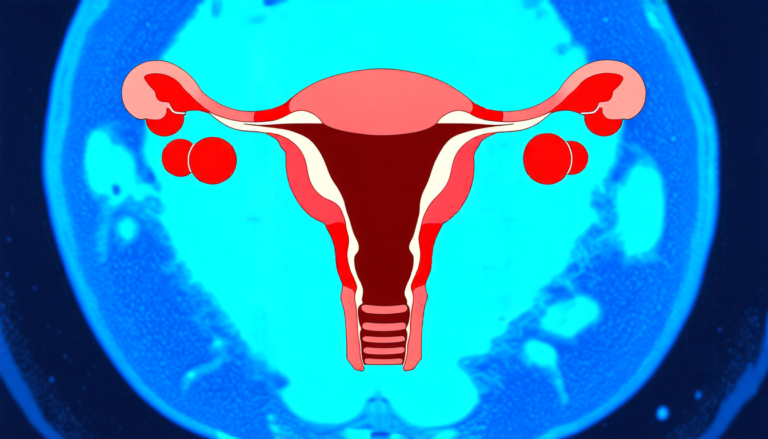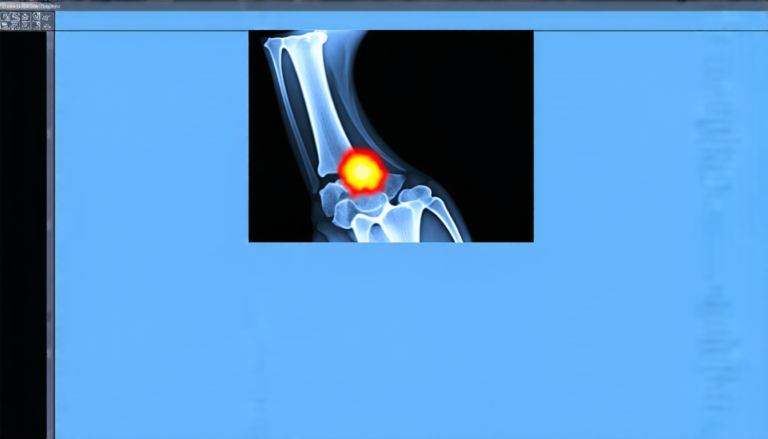Friday 11 April 2025
Drone swarms are revolutionizing the way we approach tasks such as precision agriculture, disaster response, and disease control. These autonomous fleets of aircraft have the potential to make a significant impact in various fields by increasing efficiency, reducing costs, and improving outcomes. However, one major challenge facing drone swarms is their limited battery life, which can lead to downtime and reduced effectiveness.
To address this issue, researchers have been exploring ways to recharge drones on the fly. One approach involves using agent-based modeling to develop a system that enables drones to coordinate their recharging decisions autonomously. This technology could allow drones to optimize their energy usage and extend their flight time.
The study used NetLogo, an open-source platform for agent-based modeling, to simulate the behavior of drone swarms. The researchers created a virtual environment where drones were tasked with completing missions while also managing their battery levels. The drones’ decisions about when to recharge were based on internal policies that took into account factors such as the amount of energy remaining in their batteries and the number of drones that had already recharged.
The simulations showed that the agent-based approach was effective in reducing downtime and improving overall performance. The drones were able to optimize their recharging decisions, allowing them to complete more missions and extend their flight time. This technology has the potential to be applied in a variety of fields where drone swarms are used, including precision agriculture, disaster response, and disease control.
One of the key benefits of this approach is its ability to adapt to changing circumstances. For example, if a drone’s battery level drops below a certain threshold, it can quickly adjust its recharging schedule to ensure that it has enough energy to complete its mission. This flexibility could be particularly valuable in situations where drones need to respond rapidly to changing conditions.
The researchers believe that this technology has the potential to revolutionize the way we use drone swarms. By enabling drones to optimize their recharging decisions autonomously, we can improve their efficiency and effectiveness, while also reducing costs and increasing safety.
The study’s findings have significant implications for a wide range of industries. In agriculture, drone swarms could be used to monitor crop health and apply fertilizers and pesticides more precisely. In disaster response, drones could be deployed quickly to assess damage and provide critical information to first responders. And in disease control, drones could be used to detect and track the spread of diseases such as dengue fever.
Cite this article: “Drone Swarms Take to the Skies: Agent-Based Modeling Reveals Efficient Recharging Strategies”, The Science Archive, 2025.
Drone Swarms, Agent-Based Modeling, Recharging, Autonomous, Precision Agriculture, Disaster Response, Disease Control, Battery Life, Optimization, Simulation







